Introduction
When it comes to construction work, safety is non-negotiable. Among the many precautions workers must take, wearing the right footwear is often overlooked—yet it plays a critical role in preventing accidents and ensuring productivity. Anti-slip boots, in particular, are a cornerstone of workplace safety, designed to provide stability, protection, and comfort in challenging environments. Whether navigating wet surfaces, uneven terrain, or hazardous materials, the right pair of boots can make all the difference. This article dives into the importance of anti-slip boots, what to look for when selecting them, and how they contribute to a safer, more efficient work environment. By understanding the value of proper footwear, workers and employers alike can take a significant step toward reducing risks and enhancing job performance.
Why Anti-Slip Boots Are Essential for Construction Work
Why Anti-Slip Boots Are Essential for Construction Work
Construction sites are inherently hazardous environments, with uneven terrain, slippery surfaces, and a variety of potential dangers lurking around every corner. In such settings, wearing the right footwear isn’t just a matter of comfort—it’s a critical safety measure. Anti-slip boots are specifically designed to address these challenges, offering workers the protection and stability they need to perform their tasks safely and efficiently. Here’s why these boots are indispensable for construction work.
Preventing Slips, Trips, and Falls
Slips, trips, and falls are among the most common causes of workplace injuries, especially in construction. Anti-slip boots feature specialized outsoles with deep treads and grip-enhancing materials that provide superior traction on wet, oily, or icy surfaces. This reduces the likelihood of accidents, ensuring workers can move confidently even in less-than-ideal conditions. By minimizing the risk of falls, these boots not only protect workers but also help employers avoid costly downtime and liability issues.
Enhancing Stability on Uneven Surfaces
Construction sites are rarely flat or smooth. From gravel and mud to scaffolding and debris, workers often navigate uneven or unstable surfaces. Anti-slip boots are engineered to offer enhanced stability, with features like reinforced ankle support and shock-absorbing midsoles. These design elements help distribute weight evenly, reducing fatigue and improving balance. Whether climbing ladders or walking across uneven ground, workers can rely on their boots to keep them steady and secure.
Protection Against Hazards
Beyond slip resistance, anti-slip boots provide comprehensive protection against a range of construction site hazards. Many models come equipped with steel or composite toe caps to shield feet from heavy impacts or falling objects. Additionally, they often include puncture-resistant soles to guard against sharp objects like nails or glass. Some boots are even designed to offer electrical hazard protection, safeguarding workers from accidental shocks. By combining multiple safety features, these boots ensure workers are well-protected in high-risk environments.
In summary, anti-slip boots are a vital piece of personal protective equipment for anyone working in construction. They not only prevent accidents but also enhance stability and provide robust protection against various hazards. For those looking to prioritize safety on the job, investing in a reliable pair of anti-slip boots is a decision that pays off in the long run.
Key Features to Look for in Anti-Slip Boots
Key Features to Look for in Anti-Slip Boots
When it comes to choosing the right anti-slip boots, there are several key features that can make all the difference in ensuring safety, durability, and comfort. Whether you're working in a slippery environment or simply need reliable footwear for outdoor activities, understanding these features is essential. Here’s what to look for:
Slip-Resistant Outsoles
The most critical feature of anti-slip boots is their outsoles. Slip-resistant outsoles are designed with specialized tread patterns and materials that provide superior grip on wet, oily, or uneven surfaces. Look for boots with deep grooves and multidirectional lugs, as these help channel liquids away and reduce the risk of slipping. High-quality rubber compounds are often used to enhance traction, making them ideal for environments like kitchens, construction sites, or icy sidewalks.
Durable Materials
Durability is another must-have feature. Anti-slip boots are often exposed to harsh conditions, so materials like leather, rubber, or synthetic blends are commonly used for their resilience. Leather, for instance, offers excellent durability and breathability, while rubber provides waterproofing and added protection. Reinforced stitching and toe caps can also extend the lifespan of the boots, ensuring they withstand heavy use over time.
Comfort and Fit
Even the most slip-resistant boots won’t be effective if they’re uncomfortable. Proper fit is crucial to prevent blisters, fatigue, or discomfort during long hours of wear. Look for boots with cushioned insoles, arch support, and adjustable lacing systems to ensure a snug yet comfortable fit. Some models also feature ergonomic designs that reduce strain on the feet and legs, making them ideal for extended use.
Waterproof and Insulated Options
Depending on your environment, waterproofing and insulation may be essential. Waterproof boots keep your feet dry in wet conditions, while insulated options provide warmth in colder climates. These features not only enhance comfort but also improve safety by preventing issues like frostbite or discomfort caused by dampness. For those working in extreme conditions, these additions can be a game-changer.
Safety Certifications
Finally, always check for safety certifications. Boots that meet industry standards, such as ASTM or OSHA certifications, have been rigorously tested for slip resistance, impact protection, and overall safety. These certifications ensure the boots are reliable and suitable for specific work environments. Investing in certified anti-slip boots is a smart way to prioritize both safety and performance.
By focusing on these key features—slip-resistant outsoles, durable materials, comfort, waterproofing, and safety certifications—you can find the perfect pair of anti-slip boots to meet your needs. Whether you're navigating slippery surfaces or braving harsh weather, the right boots will keep you safe and comfortable every step of the way.
Types of Anti-Slip Boots for Construction Work
Types of Anti-Slip Boots for Construction Work
When it comes to construction work, safety is paramount, and the right footwear can make all the difference. Anti-slip boots are designed to provide stability and protection in hazardous environments, but not all boots are created equal. Different types of anti-slip boots cater to specific construction needs, ensuring workers stay safe and comfortable on the job. Here’s a breakdown of the most common types:
Steel-Toe Boots
Steel-toe boots are a staple in construction work, offering robust protection for the toes. These boots feature a reinforced steel cap that shields the feet from heavy falling objects or compression hazards. They are ideal for environments where workers are exposed to heavy machinery or materials. Additionally, many steel-toe boots come with anti-slip soles, making them a reliable choice for slippery surfaces.
Composite-Toe Boots
For those seeking a lighter alternative to steel-toe boots, composite-toe boots are an excellent option. Made from non-metallic materials like fiberglass or carbon fiber, these boots provide similar levels of protection without the added weight. They are also non-conductive, making them suitable for environments where electrical hazards are a concern. Their anti-slip soles ensure stability on uneven or wet surfaces.
Alloy-Toe Boots
Alloy-toe boots combine the strength of steel with the lightweight benefits of composite materials. Typically made from aluminum or titanium, these boots offer superior toe protection while being lighter than traditional steel-toe boots. They are a popular choice for workers who need to move quickly or stand for long periods. Like other anti-slip boots, they are designed to provide excellent traction on slippery surfaces.
Electrical Hazard (EH) Rated Boots
In environments where electrical hazards are a risk, EH-rated boots are essential. These boots are specifically designed to reduce the risk of electric shock by providing insulation against electrical currents. They often feature anti-slip soles to prevent accidents on wet or oily surfaces. EH-rated boots are a must-have for electricians or anyone working near live wires.
Puncture-Resistant Boots
Construction sites often have sharp debris like nails, glass, or metal shards, making puncture-resistant boots a critical safety measure. These boots feature a reinforced midsole that prevents sharp objects from penetrating the sole. Combined with anti-slip technology, they provide both stability and protection in high-risk environments.
Choosing the right type of anti-slip boot depends on the specific hazards present in the work environment. Whether it’s steel-toe boots for heavy-duty protection or EH-rated boots for electrical safety, each type ensures workers can perform their tasks with confidence and security.
How to Choose the Right Anti-Slip Boots for Your Needs
How to Choose the Right Anti-Slip Boots for Your Needs
When it comes to workplace safety, choosing the right anti-slip boots is crucial. These boots not only protect against slips and falls but also ensure comfort and durability for long hours on the job. To make an informed decision, it’s essential to consider several factors, including workplace hazards, comfort, durability, and budget. Here’s a detailed guide to help you navigate the selection process.
Assessing Workplace Hazards
The first step in choosing anti-slip boots is understanding the specific hazards in your workplace. Different environments pose unique risks, and the boots you select should address these challenges effectively. For instance, workers in kitchens or food processing plants need boots with excellent grip on wet and greasy surfaces, while those in construction or manufacturing may require boots that can handle uneven terrain and heavy machinery.
- Wet or Oily Surfaces: Look for boots with deep treads and slip-resistant soles designed to provide traction on slippery floors.
- Uneven Terrain: Opt for boots with sturdy outsoles and ankle support to prevent injuries on rough or unstable ground.
- Chemical Exposure: If your workplace involves handling chemicals, choose boots made from materials resistant to corrosive substances.
By identifying the specific hazards, you can narrow down your options and select boots that offer the best protection for your work environment.
Considering Comfort and Support
Comfort is just as important as safety when it comes to anti-slip boots. Workers often spend long hours on their feet, so it’s essential to choose boots that provide adequate support and cushioning. Poorly fitting or uncomfortable boots can lead to fatigue, foot pain, and even long-term health issues.
- Fit: Ensure the boots fit snugly but not too tightly. There should be enough room to wiggle your toes, and the boots should not cause pressure points.
- Cushioning: Look for boots with padded insoles and shock-absorbing midsoles to reduce strain on your feet and joints.
- Breathability: If your work involves high temperatures or prolonged standing, choose boots with breathable materials to keep your feet cool and dry.
Comfortable boots not only enhance productivity but also encourage workers to wear them consistently, ensuring maximum safety.
Evaluating Durability and Maintenance
Durability is a key factor when investing in anti-slip boots. High-quality boots may come with a higher upfront cost, but they often last longer and provide better value over time. Additionally, consider the maintenance requirements to ensure the boots remain effective throughout their lifespan.
- Material: Leather and synthetic materials are popular choices for their durability and resistance to wear and tear.
- Construction: Boots with reinforced stitching and sturdy soles are more likely to withstand heavy use.
- Maintenance: Check if the boots are easy to clean and maintain. Some boots may require regular conditioning or waterproofing to retain their performance.
By choosing durable boots and maintaining them properly, you can extend their lifespan and reduce the need for frequent replacements.
Budget and Value for Money
While it’s tempting to opt for the cheapest option, it’s important to balance cost with quality. Anti-slip boots are an investment in safety, and compromising on quality can lead to higher costs in the long run due to frequent replacements or workplace injuries.
- Price Range: Determine your budget but be willing to spend a bit more for boots that offer superior protection and durability.
- Warranty: Some manufacturers offer warranties or guarantees, which can provide peace of mind and added value.
- Reviews: Read customer reviews and ratings to gauge the performance and reliability of the boots within your budget.
Ultimately, the right anti-slip boots should offer a balance of safety, comfort, durability, and affordability, ensuring you get the best value for your money.
Maintenance Tips for Anti-Slip Boots
Maintenance Tips for Anti-Slip Boots
Anti-slip boots are a crucial investment for anyone working in environments where safety and stability are paramount. To ensure these boots remain effective and durable, proper maintenance is key. By following a few simple practices, users can extend the lifespan of their boots and maintain their slip-resistant properties.
Regular Cleaning
Dirt, grease, and debris can accumulate on the soles of anti-slip boots, reducing their grip over time. Regular cleaning is essential to maintain their effectiveness. After each use, it’s recommended to wipe off any visible dirt with a damp cloth. For deeper cleaning, a mild soap solution and a soft brush can be used to scrub the soles gently. Avoid harsh chemicals, as they may damage the material. Once cleaned, allow the boots to air dry completely before storing them.
Inspecting for Wear and Tear
Over time, the soles and other parts of anti-slip boots may wear down, compromising their safety features. Regularly inspecting the boots for signs of wear, such as cracks, thinning soles, or loose stitching, is crucial. Pay special attention to the tread pattern, as worn-out treads significantly reduce slip resistance. If any damage is detected, it’s important to address it promptly to avoid accidents.
Replacing Worn-Out Boots
No matter how well-maintained, anti-slip boots will eventually need to be replaced. When the treads are no longer deep enough to provide adequate grip or the boots show significant signs of wear, it’s time to invest in a new pair. Continuing to use worn-out boots can increase the risk of slips and falls, defeating their purpose. For those looking for reliable options, exploring high-quality anti-slip boots can ensure both safety and comfort.
Proper Storage
How anti-slip boots are stored can also impact their longevity. Storing them in a cool, dry place away from direct sunlight helps prevent material degradation. Avoid leaving them in damp or humid areas, as moisture can weaken the soles and lead to mold growth. Using a boot rack or keeping them upright can also help maintain their shape and prevent unnecessary wear.
By incorporating these maintenance practices into their routine, users can ensure their anti-slip boots remain reliable and effective for as long as possible. Proper care not only enhances safety but also maximizes the value of this essential footwear.
The Role of Anti-Slip Boots in Workplace Safety Regulations
The Role of Anti-Slip Boots in Workplace Safety Regulations
Workplace safety is a top priority across industries, and one of the most critical aspects of ensuring a safe environment is the use of proper footwear. Anti-slip boots, in particular, play a pivotal role in meeting workplace safety regulations, such as those set by the Occupational Safety and Health Administration (OSHA). These boots are designed to reduce the risk of slips, trips, and falls, which are among the leading causes of workplace injuries. Understanding how anti-slip boots fit into safety regulations, employer responsibilities, and employee compliance is essential for maintaining a secure and productive work environment.
OSHA Standards for Footwear
OSHA has established specific guidelines to ensure workers are protected from hazards, including those related to footwear. While OSHA does not mandate the use of anti-slip boots outright, it requires employers to assess workplace risks and provide appropriate personal protective equipment (PPE) when necessary. For industries where slippery surfaces are common—such as food service, healthcare, or construction—anti-slip boots are often recommended or required to meet OSHA's general duty clause, which mandates a hazard-free workplace. These boots must meet certain criteria, such as having slip-resistant soles and adequate traction, to effectively reduce the risk of accidents.
Employer Responsibilities
Employers play a crucial role in ensuring workplace safety by providing the necessary tools and equipment to protect their employees. When it comes to footwear, employers are responsible for conducting risk assessments to determine whether anti-slip boots are needed. If the assessment identifies slip hazards, employers must either provide the boots or reimburse employees for their purchase. Additionally, employers should educate workers on the importance of wearing anti-slip boots and ensure they understand how to use them properly. Regular inspections and maintenance of workplace conditions, such as cleaning spills promptly, also complement the effectiveness of anti-slip footwear.
Employee Compliance
While employers are responsible for providing the right equipment, employees must also take an active role in their own safety. This includes wearing anti-slip boots as required and following all workplace safety guidelines. Employees should inspect their boots regularly for wear and tear, replacing them when necessary to maintain optimal performance. By adhering to safety protocols and using anti-slip boots correctly, workers can significantly reduce their risk of injury and contribute to a safer workplace overall.
Anti-slip boots are more than just a piece of footwear—they are a vital component of workplace safety. By aligning with OSHA standards, fulfilling employer responsibilities, and ensuring employee compliance, these boots help create a safer, more secure environment for everyone. Whether in a bustling kitchen or a construction site, the right footwear can make all the difference in preventing accidents and protecting lives.
Conclusion
```htmlConclusion
Selecting the right anti-slip boots for construction work is not just about compliance—it’s about ensuring safety, comfort, and durability on the job. By understanding the key features, types, and maintenance practices, workers can make informed decisions that protect them from workplace hazards. Just as Rain Gear Pro prioritizes quality and safety in their Canadian-made chainsaw safety pants, investing in reliable anti-slip footwear is a crucial step toward a safer and more productive work environment. Whether you’re navigating slippery surfaces or tackling rugged terrains, the right boots can make all the difference. Stay safe, stay prepared, and always prioritize quality gear.
```Frequently Asked Questions
-
Why is proper footwear important for construction work?
Proper footwear is crucial for construction work as it ensures safety, prevents slips and falls, protects feet from injuries, and provides comfort during long hours of work in challenging environments.
-
What features should I look for in anti-slip boots for construction?
When selecting anti-slip boots, look for features like slip-resistant soles, durable materials, waterproofing, steel or composite toe caps, ankle support, and proper cushioning for comfort and safety.
-
Are steel-toe boots necessary for construction work?
Yes, steel-toe boots are essential for construction work as they protect your feet from heavy objects, sharp materials, and potential crushing hazards, ensuring maximum safety on the job site.
-
How do I ensure my anti-slip boots fit properly?
To ensure a proper fit, measure your feet accurately, try on boots with the socks you'll wear at work, walk around to check for comfort, and ensure there's enough room for your toes without being too loose or tight.
-
Can I use regular boots instead of anti-slip boots for construction work?
No, regular boots are not recommended for construction work as they lack the necessary slip resistance, durability, and safety features required to protect against workplace hazards. Always opt for boots specifically designed for construction environments.

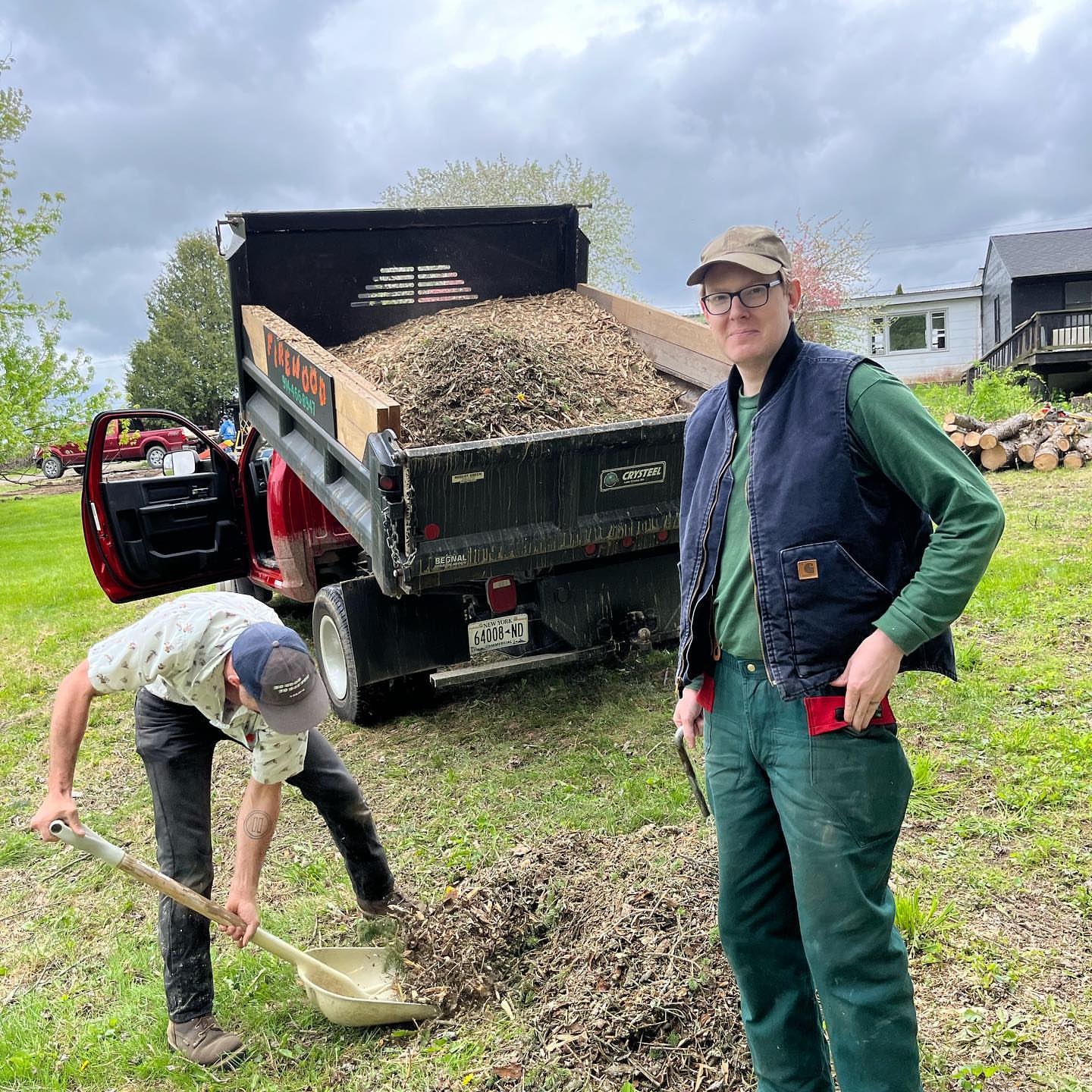
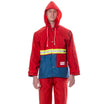
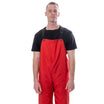
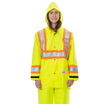
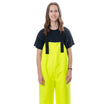

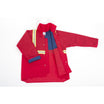

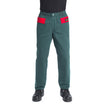
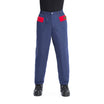
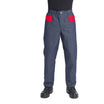
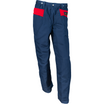
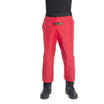
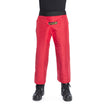
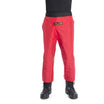
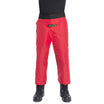
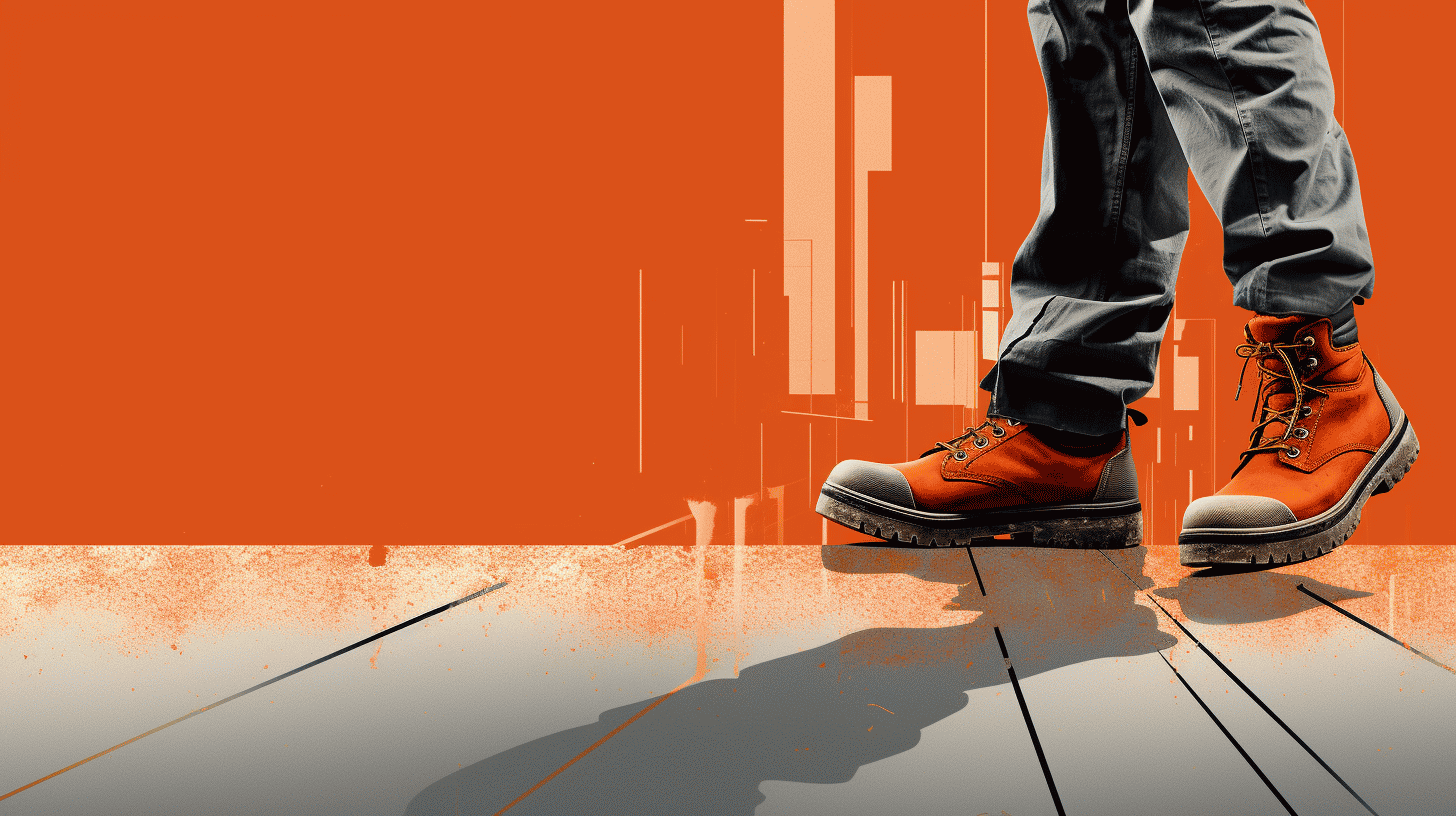

Leave a comment
This site is protected by hCaptcha and the hCaptcha Privacy Policy and Terms of Service apply.